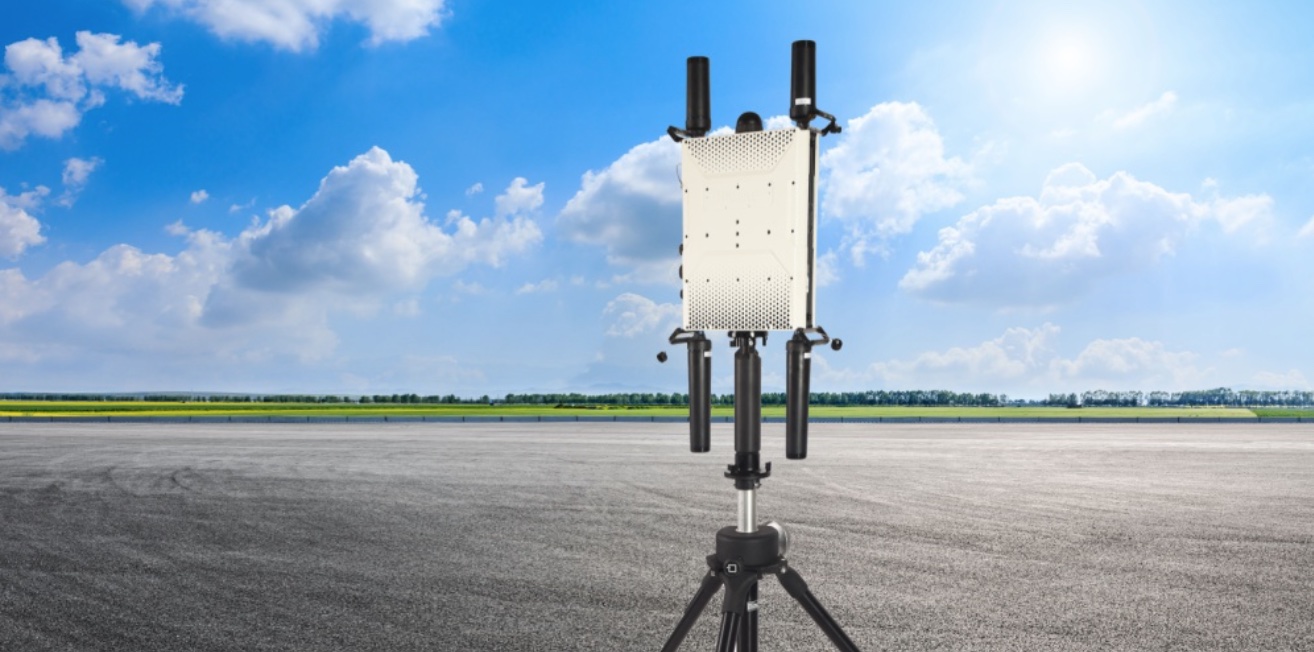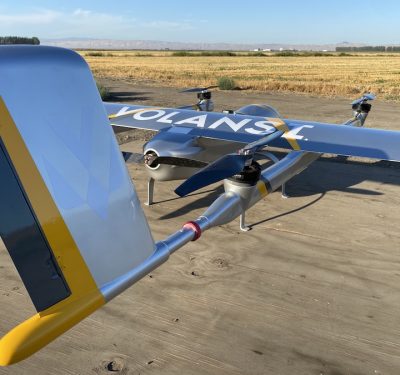Brett Feddersen is the Vice President of Strategy and Government Affairs at D-Fend Solutions, a leading counter-drone manufacturer in RF-cyber solutions. He chairs the Security Industry Association’s (SIA) Drone Security Subcommittee and previously served in senior executive positions such as the Director for National Security Programs and Incident Response at the FAA, and the Transportation and Border Security Director for the National Security Council at the White House.

The rapid evolution of drone technology has brought both opportunities and significant risks to America’s airspace. Drones, once seen as recreational gadgets, are now routinely used for commercial, industrial, and unfortunately, illicit purposes—from smuggling and espionage to unauthorized surveillance over critical infrastructure and major public events.
Despite the growing threat, the frameworks for countering these dangers have lagged, especially at the state and local levels. President Trump’s recent Executive Order, “Restoring American Airspace Sovereignty,” marks a pivotal moment in U.S. airspace security policy, reshaping responsibilities, and resources for the years ahead.
Closing the Authority Gap: A Mandate for Action
For years, only a small number of federal agencies—primarily those within the Departments of Homeland Security, Justice, and Defense—have been actively involved in detecting and mitigating illicit drone activity. This has left state, local, tribal, and territorial (SLTT) authorities with limited options, even as drone incursions over stadiums, power plants, and city centers have become more frequent and sophisticated. The Executive Order directly addresses this gap by:
- Establishing the Federal Task Force to Restore American Airspace Sovereignty, charged with reviewing and improving operational, technical, and regulatory frameworks for UAS threats.
- Directing federal agencies to use all available existing authorities to detect, track, and identify drones and their signals.
- Expanding federal grant eligibility so SLTT agencies can acquire detection, tracking, and identification technology for drones, providing a path for broader local and regional engagement.
Building Capacity for Modern Threats
The Executive Order recognizes that today’s drone threats are diverse and rapidly evolving. To address these realities, it calls for several operational changes:
- Critical Infrastructure Protection: The FAA is tasked with accelerating rulemaking to restrict drone flights over designated fixed-site facilities—including power plants, airports, and military bases—and to make airspace restrictions readily available. Risk-based assessments will help identify and designate protected zones, ensuring both public and private sector stakeholders are equipped to defend sensitive locations.
- Integrated Response for Major Events: The Attorney General and Secretary of Homeland Security are directed to evaluate how counter-UAS operations can be embedded within Joint Terrorism Task Forces, especially for large-scale gatherings such as the World Cup and Olympics. This approach is designed to strengthen coordination and readiness across agencies and jurisdictions for high-profile events.
- National Training Center: The order establishes a National Training Center for Counter-UAS, focused on preparing security professionals to respond to drone threats at major events and in daily operations.
- Guidance for Private Sector: Updated guidance will assist critical infrastructure owners and operators in deploying drone detection and tracking technologies, clarifying policies and best practices.
The Critical Need for Innovative, Low-Impact Counter-UAS Solutions
As the Executive Order opens new pathways for counter-UAS deployment, choosing the right technology is crucial for ensuring both effectiveness and safety. Conventional approaches—such as jamming signals or using kinetic force—can introduce operational risks, including interference with communications and unintended harm to surrounding environments. The policy’s focus on risk-based and adaptable solutions underscores the importance of adopting advanced methods like RF-cyber, non-jamming, and non-kinetic systems.
Technologies that leverage cyber techniques offer a precise and controlled response to rogue drones. This can allow authorities to assume control of unauthorized drones and guide them to safe landings, thereby neutralizing threats without collateral damage or disruption to legitimate airspace activities. These solutions are already in use at high-security events and critical infrastructure sites, proving their reliability and safety. As drone incidents become more complex and frequent, the widespread adoption of these innovative, non-disruptive technologies is not just recommended—it is essential for the future of secure airspace.
The Path Forward: Collaboration and Innovation
While the Executive Order empowers SLTT agencies with added resources and guidance, it also reinforces the ongoing leadership role of federal agencies in airspace security. The Federal Task Force will play a key role in shaping future policy and operational standards, while federal employees and contractors will continue to provide expertise, training, and support as SLTT capabilities expand.
The order’s emphasis on collaboration—across federal, state, and private sectors—reflects the reality that airspace security is a shared challenge. As drones become more capable and accessible, the need for integrated, risk-based, and technologically advanced counter-UAS solutions will only grow.
A New Chapter in Airspace Protection
President Trump’s Executive Order is a long-overdue step toward restoring American airspace sovereignty. By closing legal loopholes, expanding access to safe, innovative counter-UAS technology, and fostering a culture of preparedness and collaboration, the United States is better positioned to meet the challenges of the modern drone era. The urgent adoption of safe, non-disruptive technologies will be key to ensuring that security measures protect both the public and the integrity of the airspace.






